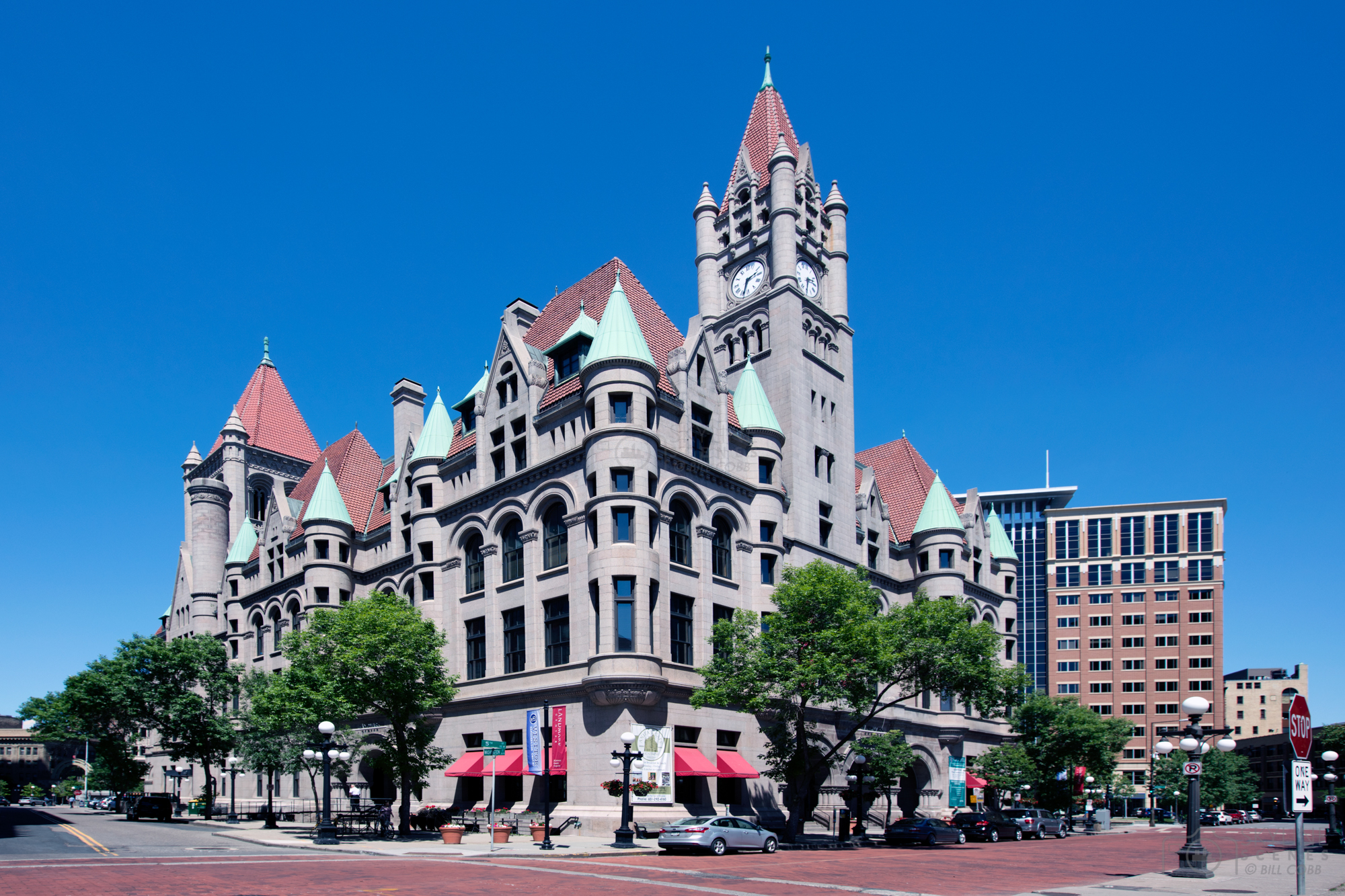Why Everyone Should Visit Museums
On February 2025 by Zi Yuan Wang

As a history enthusiast, museums and historical sites are some of my favorite places to visit, and they are my go-to destinations whenever I am deciding what to do during sightseeing. During a trip to Las Vegas last year, I heard about the Mob Museum in downtown Las Vegas where exhibits detailed the history of organized crime were shown. As with other museums, it piqued my curiosity, and I decided to pay a ‘short’ visit that ended up lasting half a day. There, I wasted no time studying as many exhibits in detail as I could, ranging from learning about old cheating methods in casinos to how organized crime works, I learned more about the history of crime in a prosperous city like Las Vegas.
Here in the Twin Cities, I remember paying a weekly visit to the Landmark Center in downtown St. Paul, and boy, was I impressed. The building is originally the state’s old town hall building, which is now being repurposed into a place that is free for everyone to visit. As an avid fan of history, I am fascinated by the story of how the State of Minnesota came to be, not to mention the large collection of musical instruments in the music exhibit which I played around with for a while.
From larger, more famous museums like The Metropolitan Museum of Art in New York, to less prominent museums like St. Paul’s own Landmark Center, both places offer a glimpse into the life and possessions of people of the past. With the United States having such a large abundance of museums, it makes one wonder why people make such an effort to preserve so many of these places?
The main appeal of museums is they provide a fascinating glimpse into the past for those that are living in the modern world. In our time, we would measure someone’s wealth in the form of money, but for the emperors of ancient China, they wear yellow clothes and possess jade accessories to signify their power and wealth over the nation. We would not realize that unless we saw those accessories in museums for ourselves. By witnessing and reading about the past, we are given a fresh new perspective on how people lived their lives and what possessions they had.
Additionally, museums attract a lot of visitors, particularly tourists from other cities, states or even countries desiring to learn about the history of a place. There is no better way for these visitors to learn more about a people or a place than at the local museums. This is particularly true for international visitors coming from other countries. The flow of tourism has the added benefit of their frequent establishment of businesses near the museums, driving up commerce in the area and improving the financial outlook of locals. Hence, visiting museums is not only good for learning, but it also helps boost the local economy too.
The final reason is that museums can help drive social impact and give visitors some hope and inspiration through their exhibits. Each exhibit contains a story about how people lived during their lifetimes, when wars were commonplace, travelling was risky, and technology was not as advanced as today. By showing what humans have developed and achieved throughout our existence through these exhibits, visitors can envision themselves as those living in the past, how they accomplished what is possible today due to their ingenuity, determination and resourcefulness. Seeing their legacy living on through these exhibits, it can tug at the heartstrings and while the world may be in turmoil, the human spirit lives on and will always continue to advance.
On reflection, visiting museums is something everyone should experience, at least once. Other than boosting the local economy through tourism, the exhibits provide a fascinating look into the lives of people who lived before us, when they did not possess the convenience of modern technology yet still managed to thrive all the same. Learning about the stories of those who came before us drives people to reflect and gives them hope that the world, despite its numerous roadblocks, will continue to advance by learning from the mistakes of the past.
In the words of philosopher George Santayana, “Those who cannot remember the past are condemned to repeat it.”
